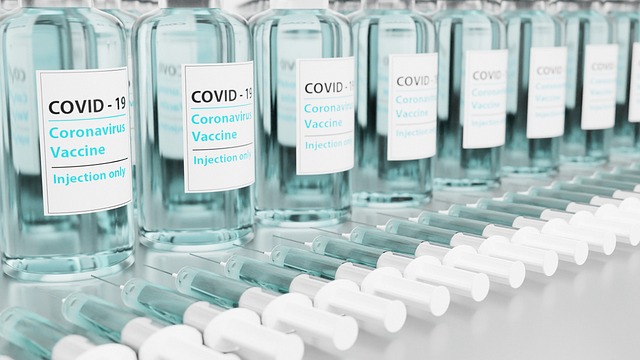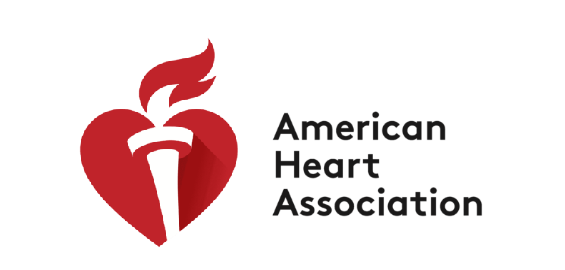Summary
Background
The long-term health consequences of coronavirus disease 2019 (COVID-19) are a major public health concern. However, evidence on post-acute COVID-19 syndrome (post-COVID-19) is still limited, particularly for children and adolescents. Using comprehensive healthcare data on approximately 46% of the German population, we investigated COVID-19-associated morbidity in children/adolescents and adults.
Methods and findings
We used routine data from German statutory health insurance organizations covering the period between January 1, 2019 and December 31, 2020. The base population included all persons insured for at least 1 day in 2020. According to documented diagnoses, we identify people with polymerase chain. COVID-19 confirmed by reaction (PCR) through June 30, 2020. A control cohort was assigned using 1:5 exact matching on age and sex, and propensity score matching on pre-existing medical conditions. The date of COVID-19 diagnosis was used as the index date for both cohorts, which were followed for incident morbidity outcomes documented in the second trimester after the index date or later.
Overall, 96 prespecified outcomes were aggregated into 13 diagnosis/symptom complexes and 3 domains (physical health, mental health, and physical/mental overlap domain). We used Poisson regression to estimate incidence rate ratios (IRRs) with 95% confidence intervals (95% CI). The study population included 11,950 children/adolescents (48.1% female, 67.2% between 0 and 11 years) and 145,184 adults (60.2% female, 51.1% between 18 and 49 years). The mean follow-up time was 236 days (standard deviation (SD) = 44 days, range = 121 to 339 days) in children/adolescents and 254 days (SD = 36 days, range = 93 to 340 days) in adults.
The control and COVID-19 cohort were well balanced with respect to covariates. The specific outcomes with the highest IRR and an incidence rate (IR) of at least 1/100 person-years in the COVID-19 cohort in children and adolescents were malaise/fatigue/exhaustion (IRR: 2.28, CI 95%: 1.71 to 3.06, p < 0.01, IR COVID-19: 12.58, IR Control: 5.51), cough (IRR: 1.74, 95% CI: 1.48 to 2.04, p < 0.01, IR COVID-19: 36.56, IR Control: 21.06), and throat/chest pain (IRR: 1.72, 95% CI: 1.39 to 2.12, p < 0.01, IR COVID-19: 20.01, IR Control: 11.66).
In adults, these included alterations in smell and taste (IRR: 6.69, 95% CI: 5.88 to 7.60, p < 0.01, IR COVID-19: 12.42, IR Control: 1 .86), fever (IRR: 3.33, 95% CI: 3.01 to 3.68, p < 0.01, IR COVID-19: 11.53, IR Control: 3.46), and dyspnea (IRR: 2.88, 95% CI: 2.74 to 3.02, p < 0.01, COVID-19 IR: 43.91, Control IR: 15.27).
For all health outcomes combined, the IRRs per 1000 person-years in the COVID-19 cohort were significantly higher than those in the control cohort in both children and adolescents (IRR: 1.30, 95% CI). : 1.25 to 1.35, p < 0.01, IR COVID-19: 436.91, IR Control: 335.98) and adults (IRR: 1.33, 95% CI: 1.31 to 1, 34, p < 0.01, IR COVID-19: 615.82, IR Control: 464.15). The relative magnitude of the increase in documented morbidity was similar for the physical, mental, and physical/mental overlap domain.
In the COVID-19 cohort, IRs were significantly higher in all 13 diagnosis/symptom complexes in adults and in all 10 diagnosis/symptom complexes in children/adolescents. IRR estimates were similar for the 0 to 11 and 12 to 17 age groups. IRs in children/adolescents were consistently lower than those in adults. Limitations of our study include potentially unmeasured confounding and detection bias.
Conclusions
In this retrospective matched cohort study, we observed significant new morbidity in children, adolescents, and adults across 13 prespecified diagnosis/symptom complexes, following COVID-19 infection. These findings expand existing available evidence on post-COVID-19 conditions in younger age groups and confirm previous findings in adults.
Trial registration: ClinicalTrials.gov https://clinicaltrials.gov/ct2/show/NCT05074953.
Author Summary Why was this study done? Some patients with coronavirus disease 2019 (COVID-19) experience long-term health problems after the acute phase of COVID-19. Evidence on post-COVID-19 syndrome (post-COVID-19) is still limited, especially for children and adolescents. What did the researchers do and find? We used comprehensive healthcare data from a sample of almost half of the German population to investigate the risk of post-COVID-19 disease patterns in children, adolescents and adults. We identified all patients with a COVID-19 diagnosis confirmed by polymerase chain reaction (PCR) (157,134 people in total, 11,950 children/adolescents and 145,184 adults) and matched them with a control cohort of people with the same age and sex, and similar background. medical conditions without COVID-19. We recorded medical conditions documented by a physician at least 3 months after the date of COVID-19 diagnosis and compared them to matched controls without COVID-19. We observed higher rates of newly diagnosed physical and mental health problems in the COVID-19 group, compared to the control group, which differed by age. What do these findings mean? Although healthcare utilization may differ between those who have had COVID-19 and those who have not, our study results indicate that people of all age groups (children, adolescents, and adults) are at risk for post-COVID syndrome -19 and that the spectrum of health problems differs between age groups. |
Comments
People of all age groups are at risk of post-COVID-19 syndrome, according to a study that covered almost half of the German population
Following COVID-19 infection, there is significant new morbidity in children, adolescents and adults across 13 different complex diagnoses and symptoms, according to a new study published November 10 in the open access journal PLOS Medicine by Technische’s Martin Roessler Universität Dresden, Germany. and colleagues.
Studies have established that some people infected with COVID-19 suffer long-term health problems after the acute phase of the disease. However, evidence on post-acute syndrome (post-COVID-19) is still limited, especially for children and adolescents.
In the new study, using a healthcare data set covering almost half of the German population and spanning all of 2019 and 2020, the researchers identified patients with a confirmed diagnosis of COVID-19 by polymerase chain reaction ( PCR). They then compared the occurrence of prespecified diagnoses, entered in the medical record at least three months after infection, in these patients (11,950 children and adolescents and 145,184 adults) with a control cohort of more than 750,000 people aged , similar sex and age. and pre-existing medical conditions, without PCR-confirmed COVID-19.
Overall, children and adolescents who had been infected with COVID-19 were 30% more likely than controls to have documented health problems beginning three months or more after infection (436.91 vs. 335.98 per 1000 person-years, IRR=1.30, 95% CI= 1.25-1.35, p<0.01). Adults with COVID-19 were 33% more likely than controls to have health problems (615.82 vs. 464.15 per 1000 person-years, IRR=1.33, 95% CI=1.31 -1.34, p<0.01).
Among children and adolescents, rates of malaise/fatigue/exhaustion, cough, and sore throat/chest were most strongly associated with prior COVID-19 infection, but rates of headache, fever, abdominal pain were also increased. , anxiety disorder and depression. Among adults, altered smell/taste, fever, and dyspnea (or difficulty breathing) were most strongly associated with COVID-19 infection, but cough, sore throat, and chest pain were also more common. hair loss, fatigue, exhaustion and headache.
“The results of the present study indicate that post-COVID-19 syndrome cannot be ruled out among children and adolescents,” say the authors. “We found that COVID-19 diagnosis was associated with increased long-term demand for healthcare services, as reflected in outpatient and inpatient diagnoses from a broad set of outcomes more than three months after confirmed infection. by SARS-CoV-2. “While children and adolescents appear to be less affected than adults, these findings are statistically significant for all age groups.”
Roessler adds: "The results of our study indicate that people of all age groups, including children and adolescents, are at risk of post-COVID-19 syndrome."
















